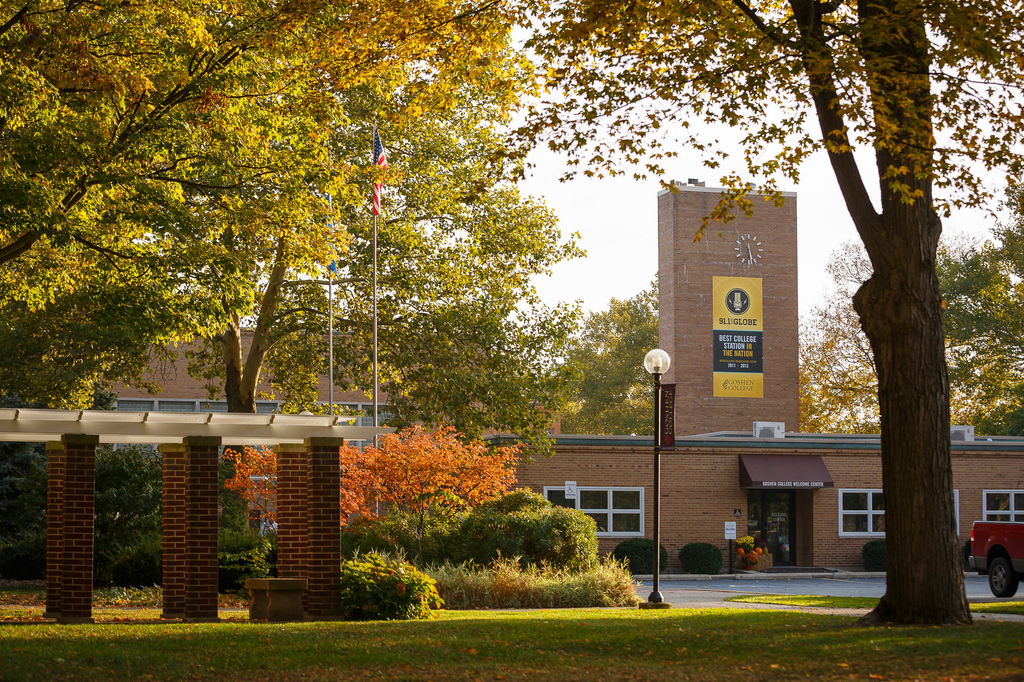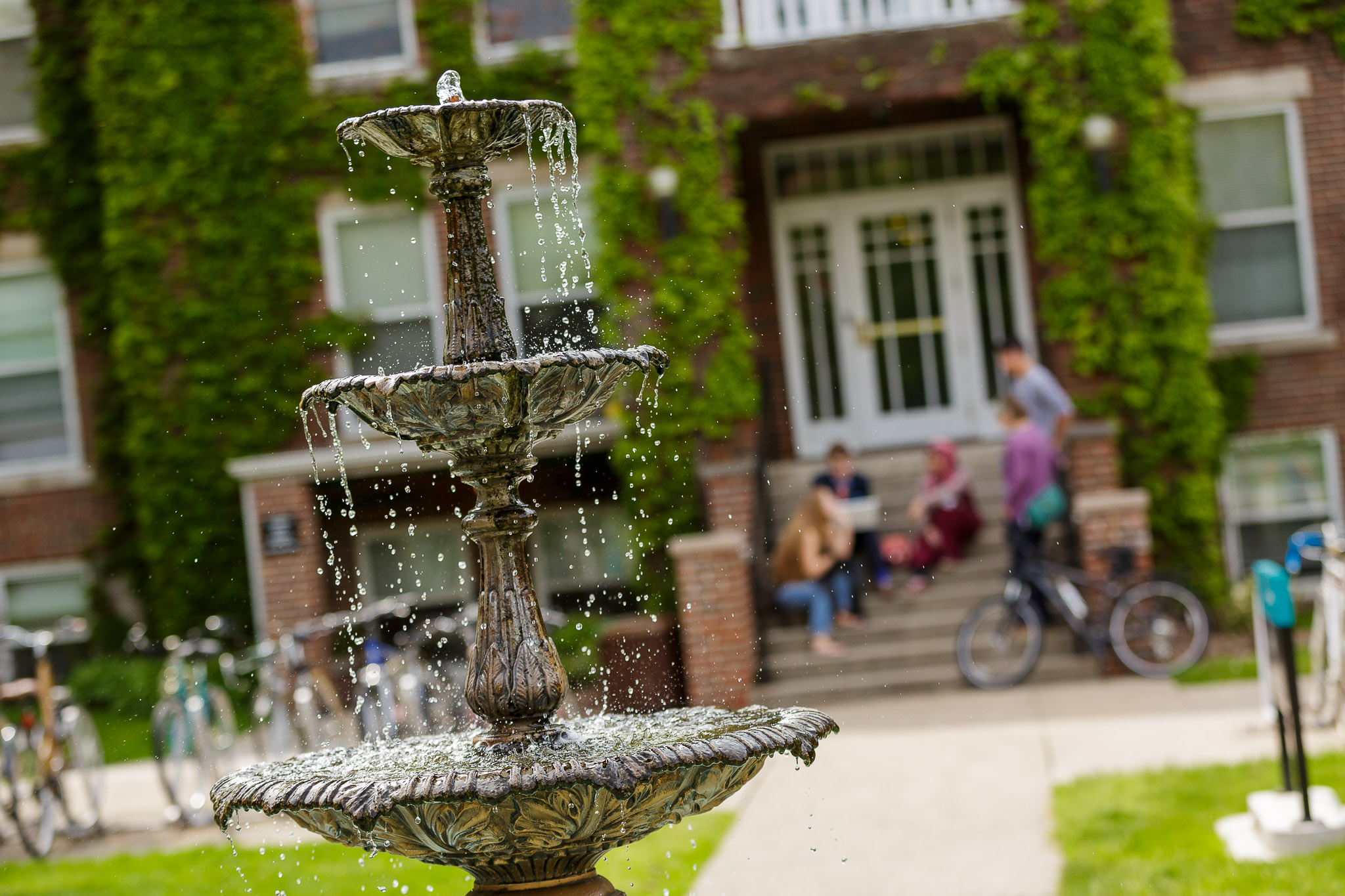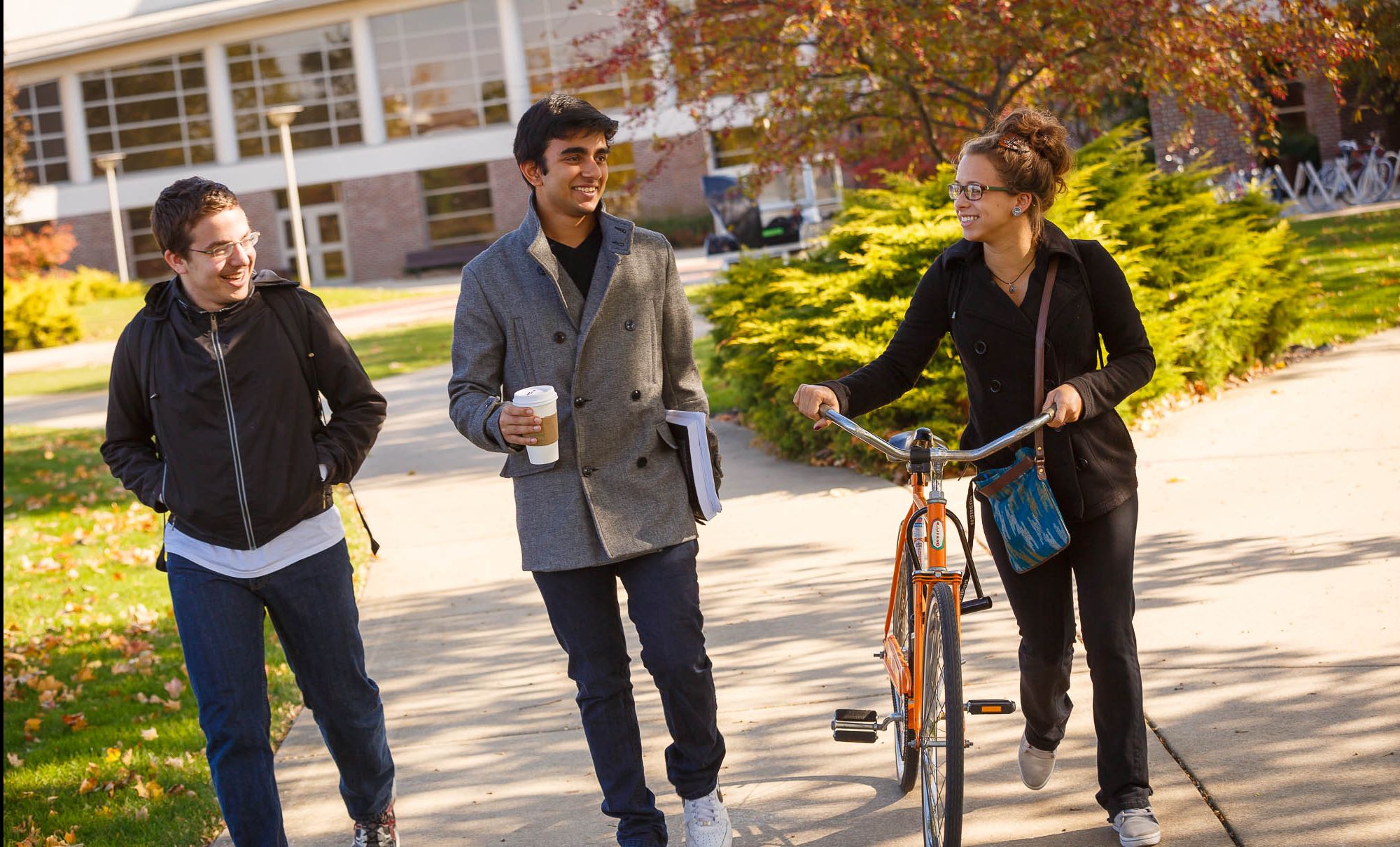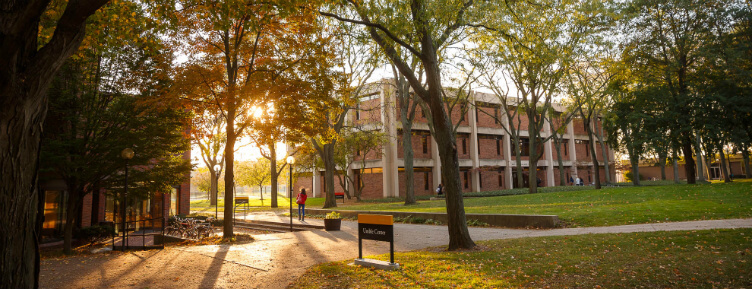“Transformation through Discomfort: What Does it Mean to Be a Tourist?”
Liam Minielly
What does it mean to be a tourist in a setting such as Israel and Palestine? There is no easy answer to this question. I believe a tourist plays two roles: one role in the destination country and one in their home country. While traveling, the role of the tourist is to listen and observe. This means interacting with local people and observing situations on the ground. While at home, the tourist is responsible for sharing their stories and experiences with those around them. This could be through sharing pictures or having conversations at family reunions. Slide shows and blogs provide a way to share, but they do not necessarily allow for dialogue. I think it is important to share stories with those who may push back against what we experience. I know that a few of my classmates expressed concern about sharing their stories with family members who might disagree with aspects of our trip. Although sharing stories with people who might disagree may not change their world view, it may open doors for future dialogue.
My experience in Israel and Palestine was incredibly impactful in a variety of different ways. I found that the most transformative part of my trip was the learning I experienced through conversations. During our trip I struggled with my role as an observer.
During our second day, we visited the Wi’am Palestinian Conflict Transformation Center and met its founder, and our guide, Zoughbi. We toured the property and heard about the work he and his team do for the community. When we reached the top of the building, I noticed graffiti on the border wall that divides Palestine and Israel. I was surprised to see a lot of English instead of Arabic graffiti. When I asked Zoughbi about this, he said that most of the graffiti and artwork was from western tourists, not local Palestinians. This felt unsettling. Does the graffiti glorify an object that symbolizes and creates division? Some of the artwork appeared to attempt to beautify a very ugly object. Given that the wall has become a tourist destination, does it take agency away from Palestinians who seek peace?
Later in the day, we toured the Aida refugee camp with our guide Ali, a resident of the camp. During the tour, we were given a glimpse into life within the camp as well as its historical context. We were introduced to the symbol of the “key” which represents many Palestinians’ hopes to return to their homes after being expelled during the 1948 Nakba. Our tour concluded with a visit to a repurposed craft shop and Ali inviting us for tea. While I was incredibly grateful for the tour, I felt uncomfortable as an onlooker. Because of the underlying power imbalance between us and the refugees it felt awkward interacting with the residents. What do the refugees think of me touring around a place that has given them such pain? How does being an American factor into their perception of me?
Throughout our visit we encountered a variety of other tour groups. For Israel and Palestine, tour groups present a dilemma. Tourism is a primary source of revenue; however, many of the tour groups only travel to popular religious sites and then leave immediately. While the tour groups help provide consistent sources of revenue, they neglect to take in the social issues and forms of oppression that Palestinians face every day, as well as other kinds of social issues facing Israelis. On the other end of the tourism spectrum, some groups come for the spectacle of “the conflict.” They visit Banksy’s Walled Off Museum, take a photo shoot of the Wall, and leave feeling self-satisfied. Like the religious or pilgrim-oriented tour groups, they leave without fully grasping an understanding of the social pressures Palestinians endure.
Near the end of our trip, our group visited Tent of Nations, a Palestinian farm. While we were there, we provided several days of service. When two other groups visited the farm, I initially felt superior and defensive. I judged their motivations for travel to be based on conflict commodification, based on brief interactions with them. I felt as though they needed to put more time into meeting people and working with community partners, just as we had. As we left the farm, I reflected on my initial response to the two groups. Hadn’t I initially signed up for this trip for many similar motivations? I had, after all, done some of the activities that could be seen as commodifying conflict. Why should I care about what other groups do? The fact that they are willing to travel to a land known for conflict and attempt to witness what life is like, is more than what many others would choose to do.
This trip was incredibly transformative for me. There is still a lot for me to process. Many of the questions I have asked in this blog are ones for which I am still seeking answers. I would highly recommend traveling to Palestine and Israel. If you go, take time to listen and observe. Try and understand the complexities of the historical conflict that affects people today. I would like to thank all of the community partners that spoke with us. They made this trip truly meaningful.







